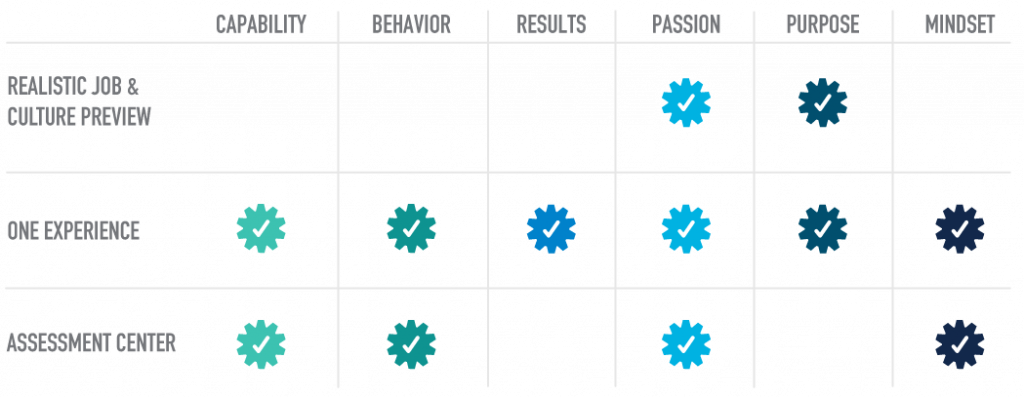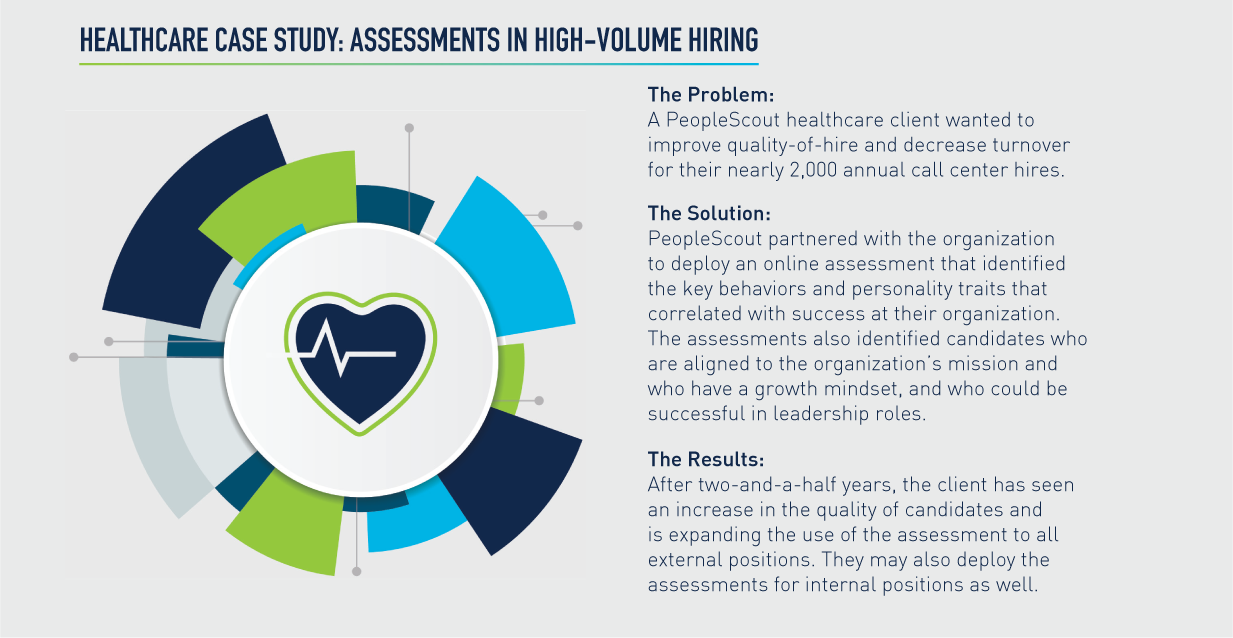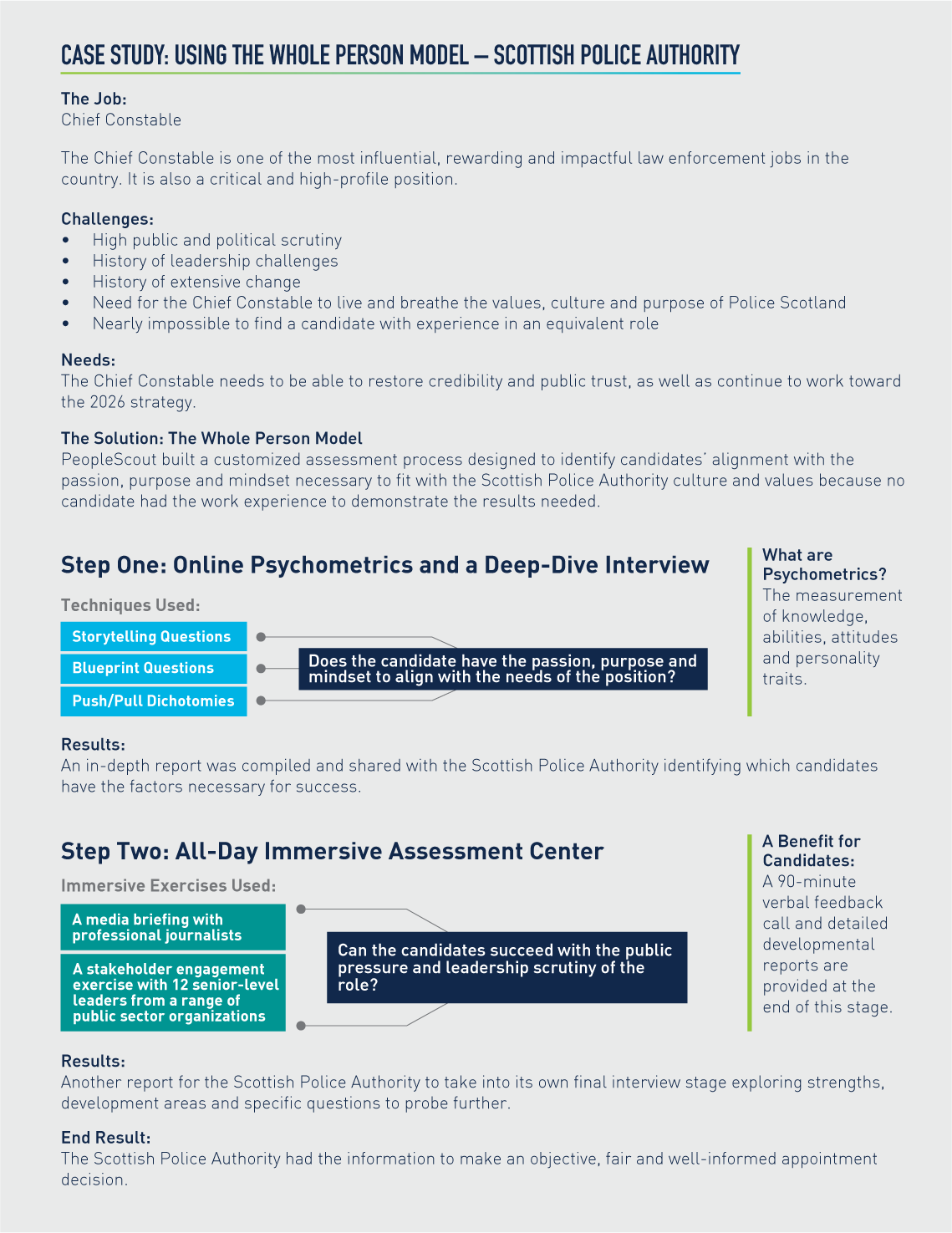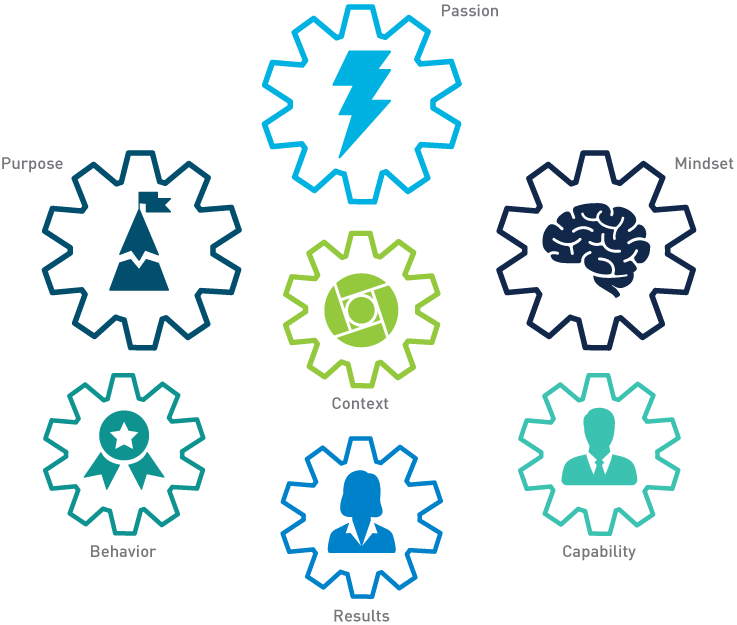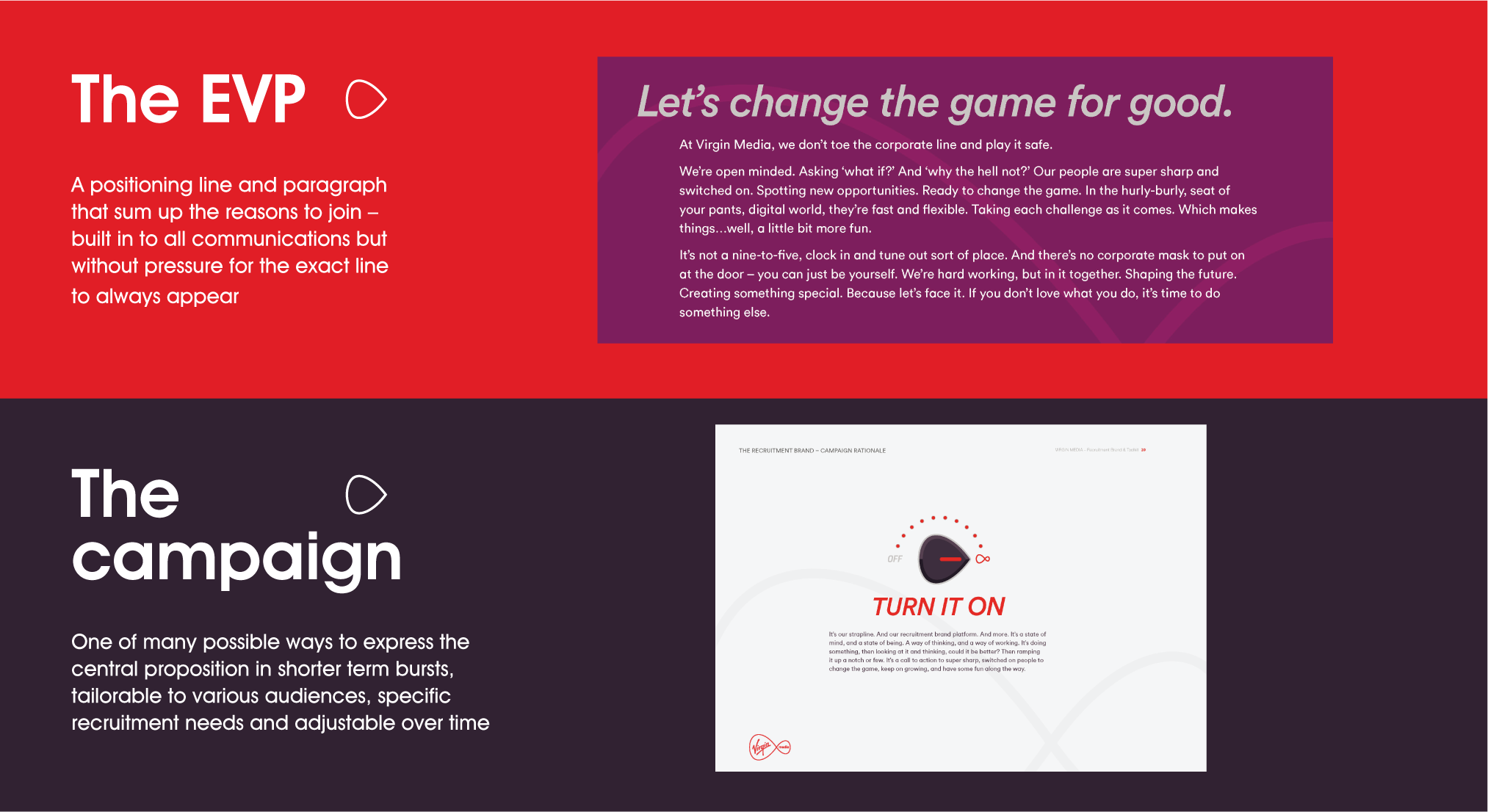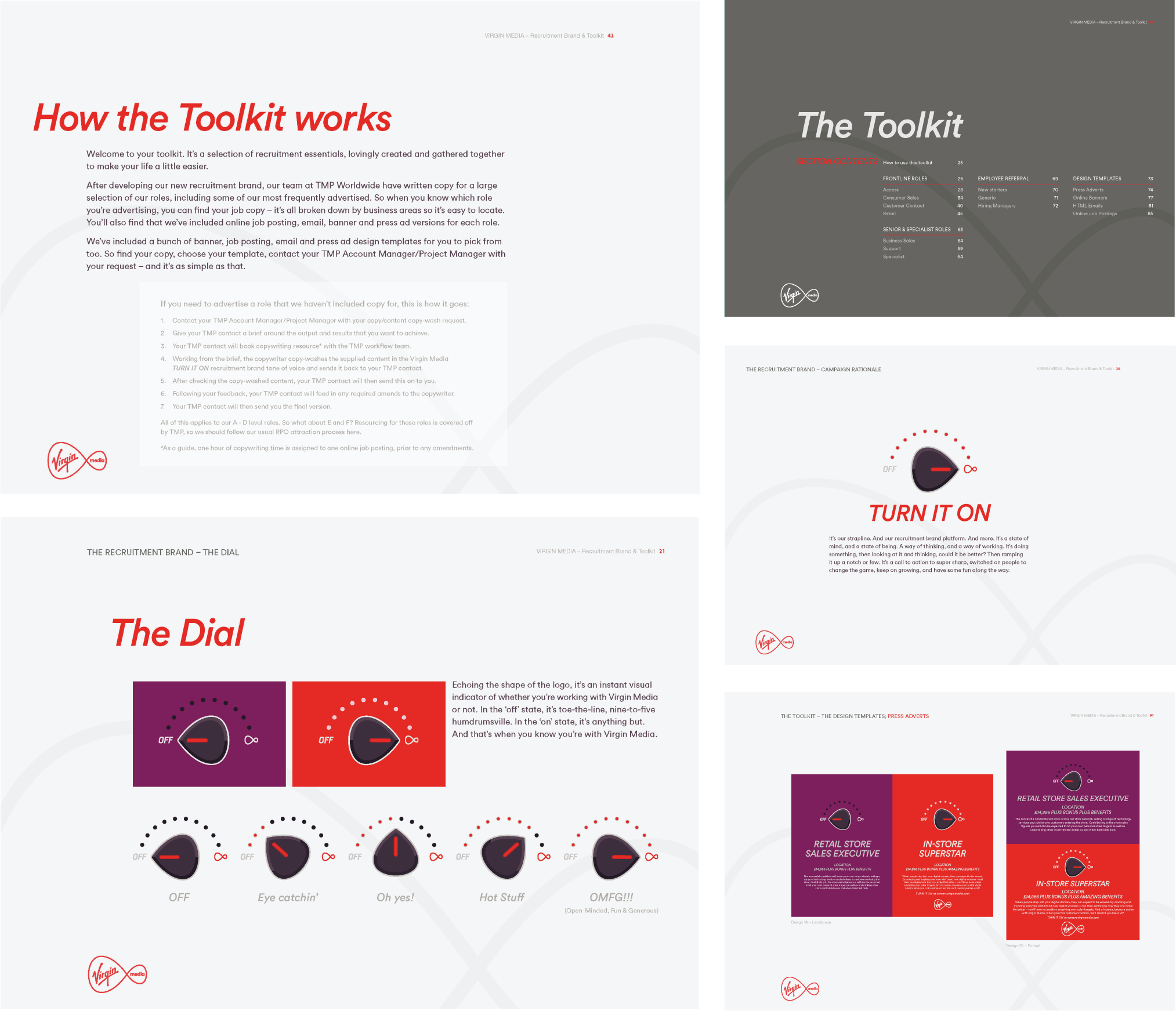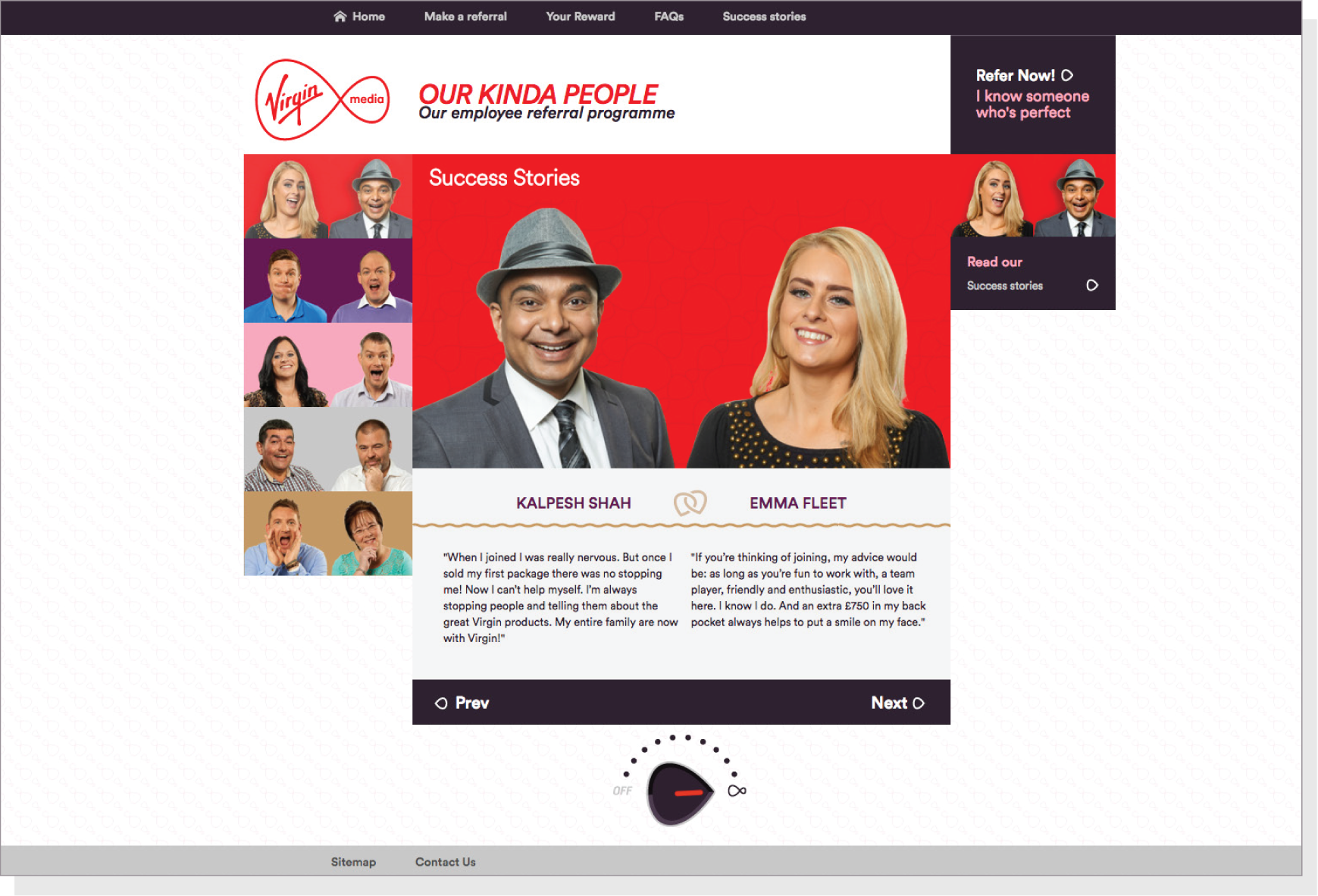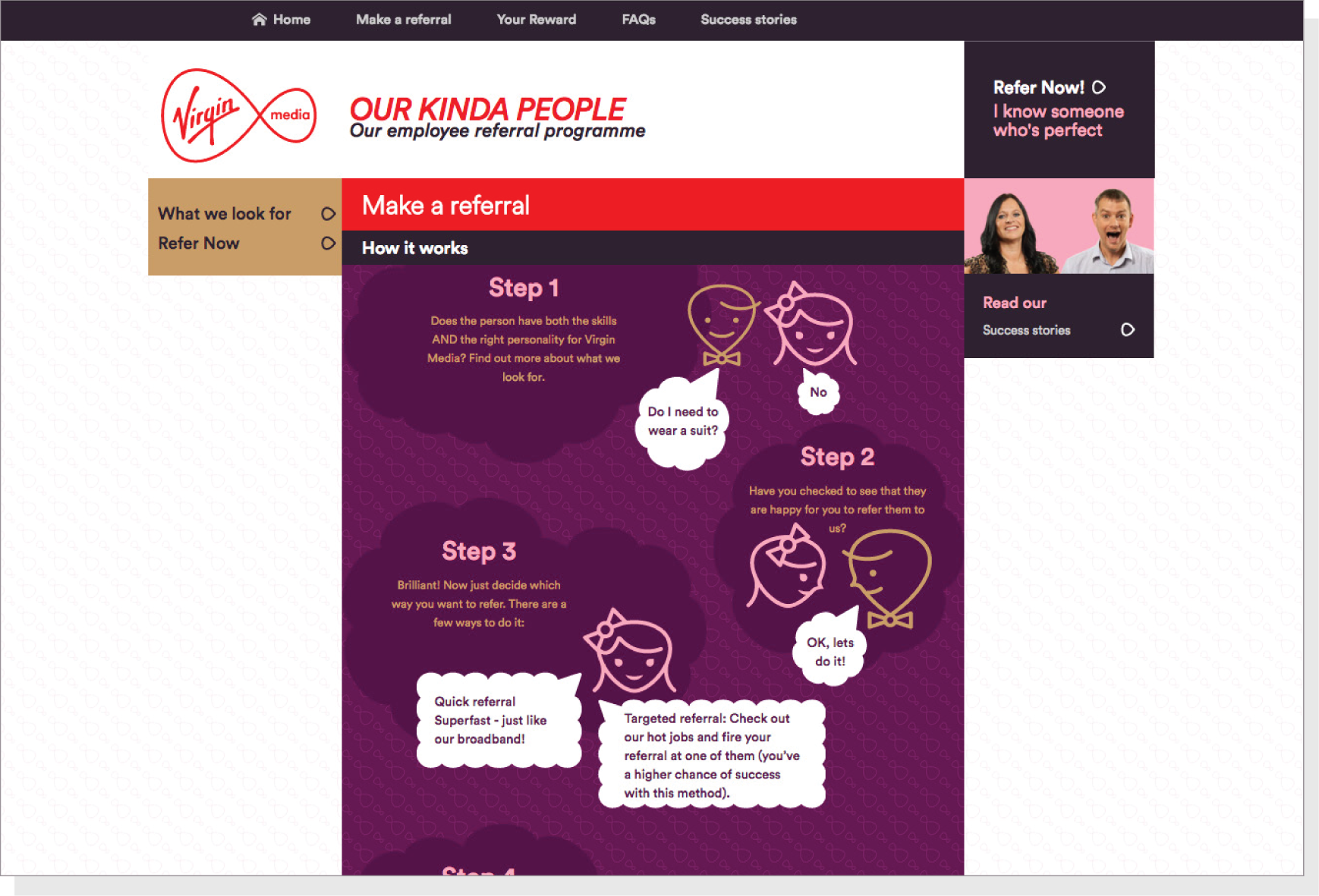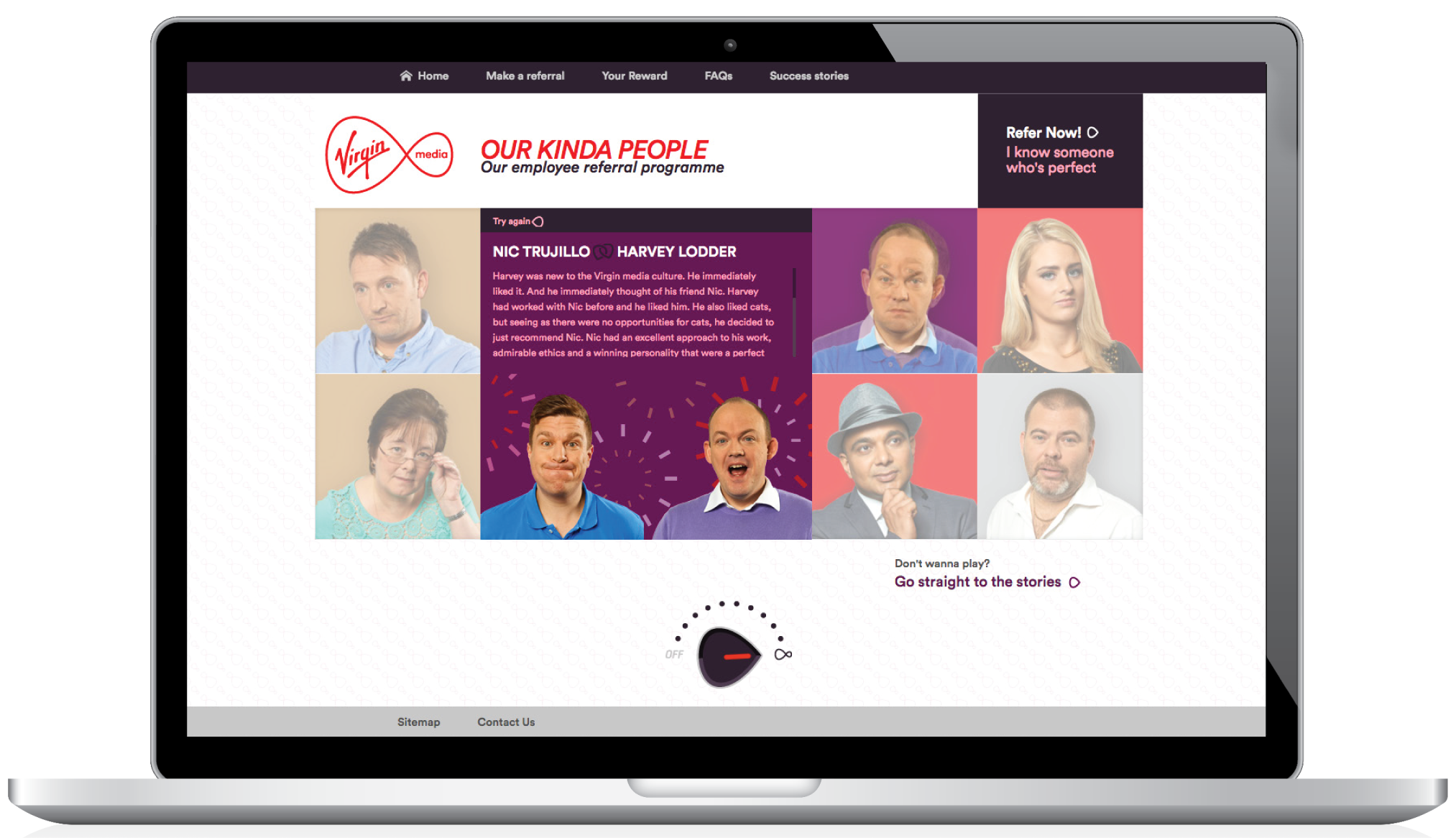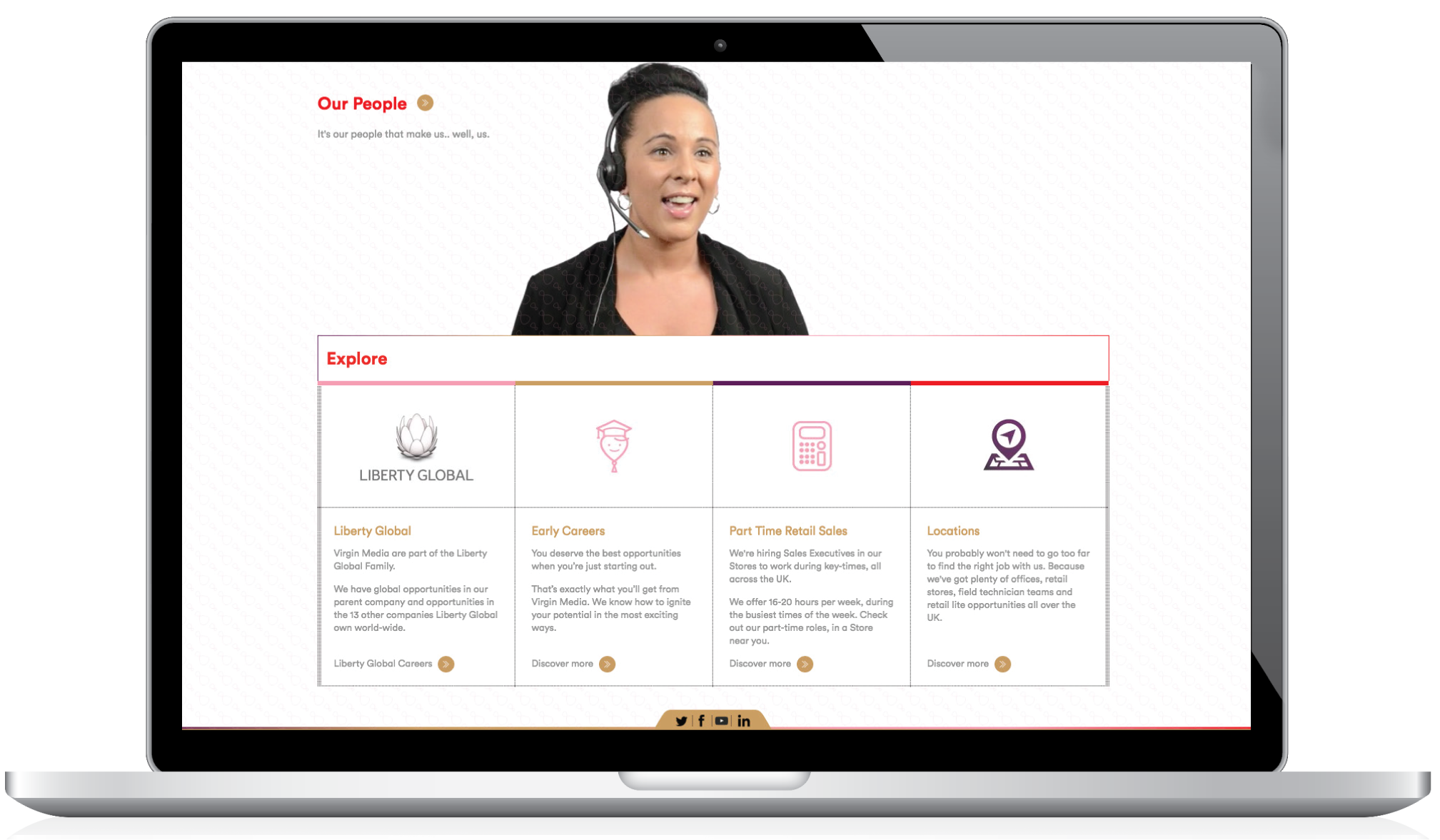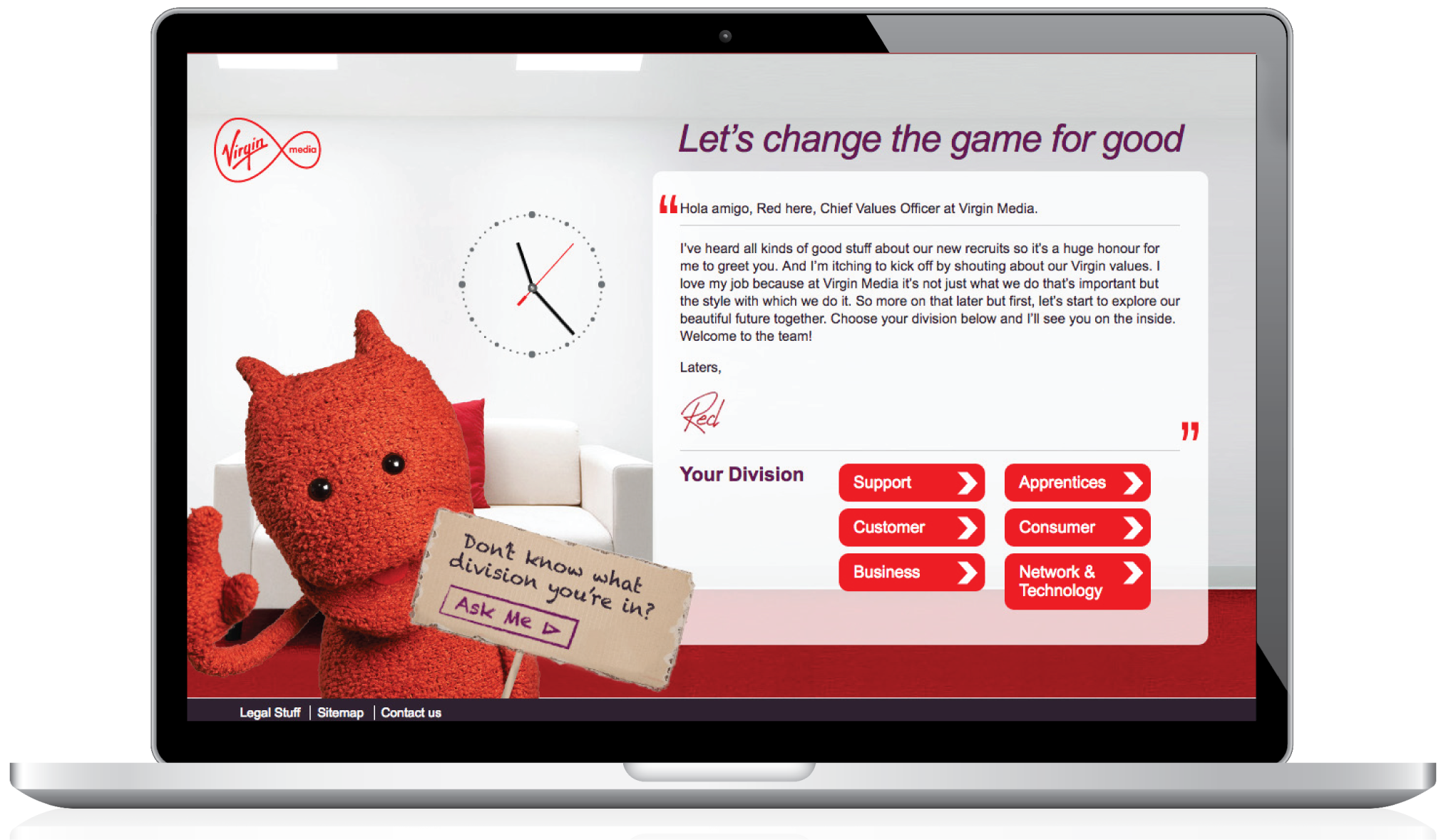For many industrial and manufacturing recruiters, navigating the skills gap remains a persistent challenge. A study conducted by Deloitte and the Manufacturing Institute revealed that the manufacturing skills gap may leave an estimated 2.4 million positions unfilled between 2018 and 2028, the result of which may cause 2.5 trillion dollars in lost revenue.
Those numbers represent missing out on major contracts for manufacturers without the skilled talent to fulfill them. They mean extending or missing deadlines with longtime clients. They are the difference between expanding into new markets or experiencing stagnation.
In the past, as long as a candidate possessed a strong work ethic and commitment to getting the job done, few other skills were required. However, over the years, manufacturing has become more complex and depends on sharp minds and an agile mix of technical skills.
Whether your organisation is planning to grow its operation, preparing for retirements in your workforce or upskilling in response to automation and productivity improvements, closing the skills gap relies on finding the right talent.
In this article, we will cover how manufacturing recruiters can better find the right talent to create a workforce with the right mix of competencies and skills for success in the modern industrial workforce.
Dissecting the Manufacturing Talent Landscape and Recruiting Challenges
Manufacturing has experienced an ebb and flow in job loss and growth over the past few decades. However, industrial activity monitored by the ISM manufacturing index hit a six-year high in August 2017, indicating a growing trend in overall manufacturing output. What’s more, according to the Bureau of Labour Statistics (BLS), manufacturing output in the first quarter of 2017 was 80% higher than its level 30 years ago.
The increases in productivity in manufacturing is in part thanks to technological advances and improvements made in industrial production. To keep pace with technology-driven innovations, manufacturing organisations require a more technically skilled workforce.
Before optimising your manufacturing recruitment strategy, it is crucial to understand the challenges that the manufacturing industry faces with reputation, the generational workforce divide and the changing nature of skilled work.
The Manufacturing Industry Has a Reputation Problem
A Kronos survey found that only 37% of those surveyed would encourage their children to pursue a career in the manufacturing industry. The survey also found that less than a quarter of respondents know that the manufacturing industry offers well-paying jobs.
To attract the next generation of manufacturing talent, you must address this perception and the bias many younger skilled workers may have regarding the industry. While campaigns to such as “Manufacturing Day” are helping improve the industry’s image, manufacturing recruiters must also be proactive in their efforts to communicate the new and exciting opportunities their organisations can provide to candidates.
The Retiring Manufacturing Workforce
The mass departure of the Baby Boomer generation continues to impact organisations across all industries. The Pew Research Centre estimated that 10,000 baby boomers will retire every day for the next 19 years.
The results of this are being felt throughout the manufacturing industry – and is only predicted to get worse. When Deloitte calculated the impact of retiring Baby Boomers on the manufacturing industry, they estimated that approximately 2.7 million workers would retire from manufacturing between 2015 and 2025 – a figure that represents 22% of the manufacturing workforce.
Changing Nature of Work Requires New Skill Sets
Automated processes like computer-aided design, 3D printing, robotics and computer numerical control (CNC) machining have replaced much of the manual workforce in manufacturing. Consequently, today’s manufacturers need talent with technical skills who are confident decision-makers, critical thinkers and quick learners.
Given today’s tight candidate market and widening skills gaps, finding candidates with the right mix of experience and technical skills within the manufacturing industry proves to be a consistent challenge. Organisations now have to carefully prioritise the “must-have” skills while hiring talent to fill these roles and consider which additional skills can be taught on the job.
Lack of Traditional Manufacturing Talent
While there are many new skills sets needed in manufacturing, there is still a need for traditional skills. However, just like technical roles, finding candidates to fill traditional manufacturing occupations is challenging.
According to the BLS, an additional 44,000 machine operator roles will be needed by 2026. Current trends indicate this number will be a hard order to fill for manufacturers. If left unchecked, manufacturers are facing a talent crisis that could leave up to 2 million roles vacant.
Retooling Your Manufacturing Recruitment Strategy
The time and resource investment needed for manufacturing recruiters to source, interview and hire the right talent is considerable. On average, it takes 94 days to recruit employees in the engineering and research fields and 70 days to recruit skilled production workers for manufacturing positions.
To improve manufacturing recruiting outcomes, organisations should stop reacting to talent shortages with a single-minded focus on specific skill sets or certifications, and take a big-picture, strategic approach to recruitment.
In this section, we will outline how to analyse weak points in your manufacturing recruitment processes, help you refine your approach to fill your most urgent talent needs with top talent and how to get this talent interested in your organisation.
Rethink Job Descriptions
It can be easy to provide a laundry list of skills, experience and “musts haves” when writing a job description. However, this practice can scare top talent away from applying to positions within your organisation, even if they are qualified.
Candidates who might be a perfect fit for a role may self-select out of the application process because they do not meet every single qualification. Worse, candidates who are not qualified end up applying because they recognise one or two items on the list and think, “Sure, I can do that.”
Instead of making a long list of qualifications, describe what the candidate’s onsite responsibilities will be like should they be hired for the role. Not only will you attract better candidates from the start, but you will also stand a higher chance of retaining employees because they understand what they signed on for.
Along with describing responsibilities, also be honest about working conditions in job descriptions. You will need to describe those conditions accurately to clarify any misconceptions and adequately prepare your candidates for their potential work environment.
Master Employer Branding
Top candidates want to work for dynamic, growing organisations. If you are trying to recruit talent from outside the manufacturing industry, these candidates need to believe that they will have autonomy and opportunities to ascend the ranks of your organisation. Your team of manufacturing recruiters and your HR department should work together to create a plan to communicate your organisation’s employer value proposition to candidates.
When engaging candidates, your recruiters should act as “culture carriers” and highlight what makes your organisation an employer of choice. When pitching top talent, your manufacturing recruiters should research what will get candidates excited about your organisation, whether it is your unique company culture, the opportunity for driving change or the potential to build a lasting and rewarding career.
Also, make sure to highlight the benefits of working at your organisation. Do you currently offer insurance, profit sharing or a retirement plan? Are there discounts on the goods you produce for employees and their families? The extras you provide will help differentiate your organisation and make it more appealing to candidates.
Work with Local Academic Institutions
Most universities, community colleges and technical schools have a wide range of programmes and courses in manufacturing processes, fabrication, welding, automation and machining. So it makes sense to target students at these institutions as part of your manufacturing recruiting programme.
Create a list of local schools your manufacturing recruiters should reach out to and have them contact campus career centres at each school. Once they have established contact, ask them to inquire about chances to share internships and employment opportunities with students. It is important to establish a relationship with the career centres at your target schools, as each school has specific guidelines, events and timelines associated with its recruiting process.
Once on campus, it is important to establish a strong employer brand presence. Partnering with marketing can be invaluable in this instance, as a company’s marketing team can create materials that specifically appeal to the campus audience.
Invest in Building a Superior Candidate Experience
Identifying roadblocks and issues that can make it difficult for candidates to move through in your current hiring process is important in creating a better candidate experience. A lengthy hiring process or unrealistic job offers could be causing your organisation to miss out on top prospects.
Your recruiting teams should ask for feedback about your hiring process from current employees and even candidates who turned down your offer. This can bring you insights from candidates who pass on your job offers and determine whether these roadblocks are culturally entrenched or can be changed.
For example, do candidates frequently complain about a lengthy interview process? If so, there may be a way to streamline the interviews to accelerate the decision-making timetable, such as video interviews.
Building a better candidate experience begins and ends with your manufacturing recruiters communicating expectations upfront with candidates, so they know exactly how long the process will take, how they should prepare and what each step of the process entails.
Conclusion
Organisations willing to rethink their manufacturing recruitment strategy now will gain a critical first-mover advantage. Rather than fighting for talent with antiquated tools and tactics, they will be leading the charge forward. If you establish a reputation for being an employer of choice in the manufacturing industry, top talent will seek you out, and be excited to be part of your dynamic, innovative organisation.

